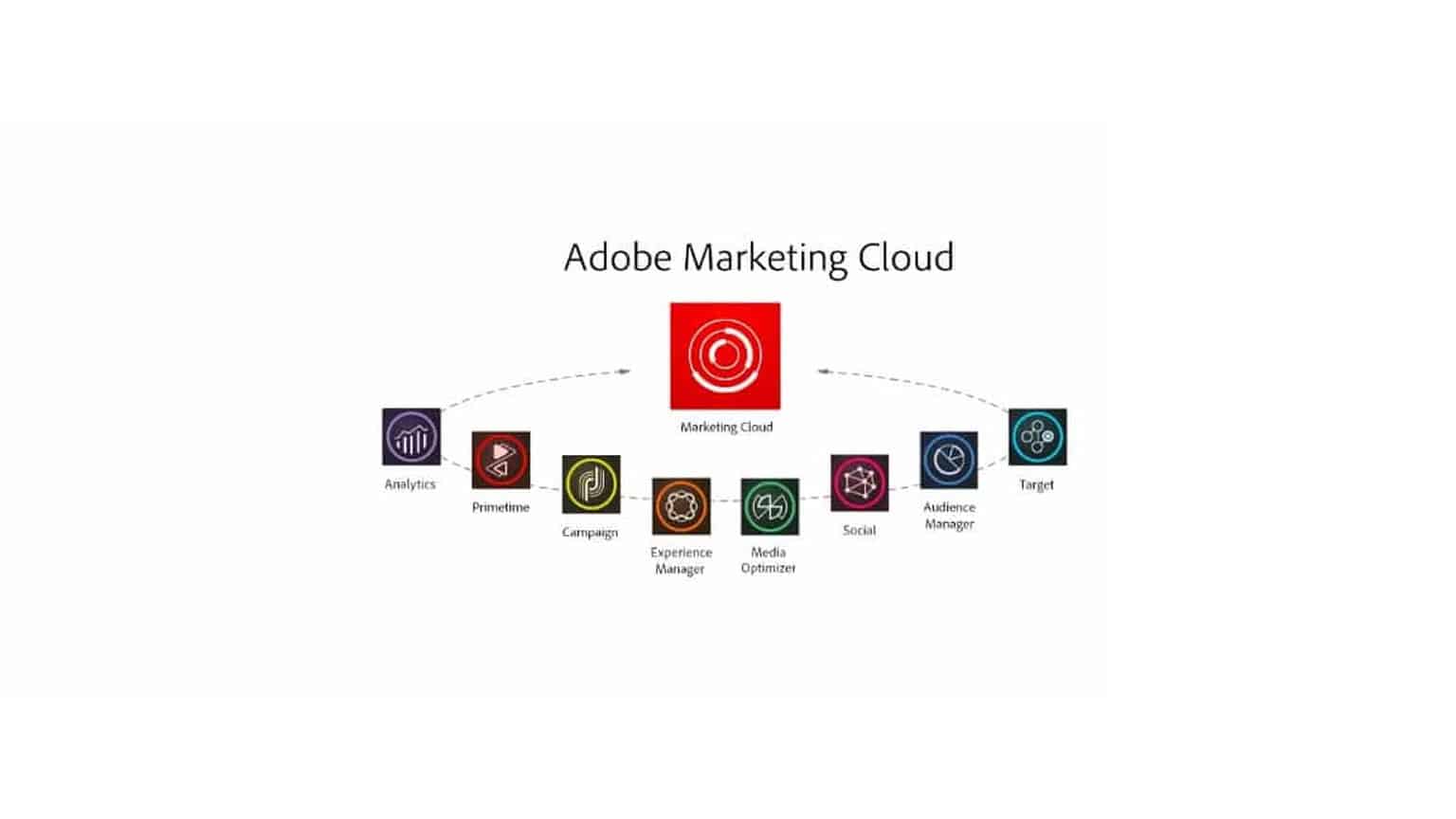Marketers Latest Strategy for Success – Adobe CQ5/AEM
As customer expectations are reaching higher altitudes consistently, marketers are looking for ways to optimize their digital platforms on a high priority in order to meet their customers’ needs. For this, marketers need to have the right strategies to offer customer experience and need to break organizational barriers. They must adopt and leverage high-end digital experience delivery platforms to stand out from the competition.
According to “The Forrester Wave: Digital Experience Delivery Platforms, Q3 2014” report, Adobe is in the top place in the list of companies that offer digital experience delivery platforms. The reason behind this is the Adobe content management system, Adobe Experience Manager. Adobe AEM enables marketers to expand their brand presence by delivering personalized web experiences to their customers across different digital devices and channels.
How Can Marketers Benefit from Adobe AEM?
Using Adobe Experience Manager, marketers can:
- Design and manage multiple sites with single instance using the Multi Site Manager (MSM).
- Integrate the platform with Adobe Marketing Cloud to optimize the platform and reach more target audience.
- Design and optimize digital marketing campaigns using the Adobe Campaign, part of the Adobe Marketing Cloud.
- Integrate the platform with other marketing and e-Commerce solutions to convert leads into sales.
Adobe AEM Multi-Site Manager (MSM):
This functionality of Adobe CQ5/AEM enables marketers to automatically create and manage multiple sites such as multinational and multi-lingual. This functionality allows marketers to maintain corporate branding and increase their brand’s digital presence globally across multiple channels. They can also offer access to digital assets of the brand as a common library using the Digital Asset Management (DAM) functionality.

Figure 1: A screenshot showing the capabilities of the AEM Multi Site Manager
AEM, Adobe Marketing Cloud Integrations:
Adobe Experience Manager can be integrated with other Adobe Marketing Cloud solutions to optimize the platform and offer personalized experiences to customers.

Figure 2: Integration of Adobe Experience Manager with Adobe Marketing Cloud
Marketers can integrate Adobe AEM with:
- Adobe Scene7 to synchronize digital assets between AEM and Scene7 by creating a synchronization folder in both platforms. Marketers can also view published AEM assets in different viewers like Basic Zoom, DHTML Flyout Zoom, Flash Flyout Zoom, Video and more.
- Adobe Analytics to track the visitor data from website and drive traffic using conversion variables. Marketers can also map author and publish modes in AEM with different report packages.
- Adobe Social to store the data of social communities in the cloud. This enables marketers to use the benefits like optimized cross-channel moderation, updating data from communities to the cloud. Even though the data is in the cloud, marketers can control author and publish instances from the platform. Marketers can also moderate user data using Unified Moderation and Trusted User Moderation features of Adobe Social.
- Adobe Target to create campaign using AEM and can manage them using Target. Marketers can implement campaigns on landing pages, can perform A/B testing. They can also track user generated data, access it to optimize the platform and increase conversion rates. Based on the data, they can create and run digital campaigns.
Adobe Campaign:
Adobe Campaign (formerly known as Neolane) enables marketers to design and automatically run marketing campaigns, from one-off campaigns to one-to-one messages, across different marketing channels. This allows marketers to establish individual profiles for customers to know their preferences and offer them before they request it.
- Integration with AEM: The integration of AEM with Adobe Campaign allows marketers to leverage content from AEM authoring environment to design inbound and outbound campaigns. Marketers can use the marketing assets in AEM to publish in a campaign and run it across different channels using Adobe Campaign. Marketers can also optimize customer experiences by engaging in personalized communications with them using customers’ profiles shared on AEM and Adobe Campaign solutions.
AEM Integration with Marketing/E-Commerce Tools:
By integrating Adobe CQ5/AEM with marketing/e-Commerce tools, Marketers can convert leads and lists into sales. Some of these integrations include:
- ExactTarget integration with AEM will enable marketers to optimize digital marketing campaigns through emails and newsletters by distributing them in ExactTarget platform.
- Hybris integration with AEM will allow marketers to listen to their audience responses by connecting and accessing data from an e-Commerce platform. This will allow them to market their products.
AEM can also be integrated with other marketing/ e-Commerce tools like Eloqua, Marketo and Endeca to optimize online business.
NextRow is system integrator and an Adobe solution partner that offers web experience and digital marketing services using Adobe Experience Manager. NextRow’s services include consulting, implementation and upgrading Adobe CQ5; migrating other CMS platforms into AEM; AEM maintenance and support services for existing Adobe AEM platforms; and integrating AEM with other tools of Adobe Marketing Cloud as well as third-party applications. NextRow is also offering Adobe Experience Manager integrations with different marketing tools such as Eloqua, Adobe Campaign, Hybris, and more.















